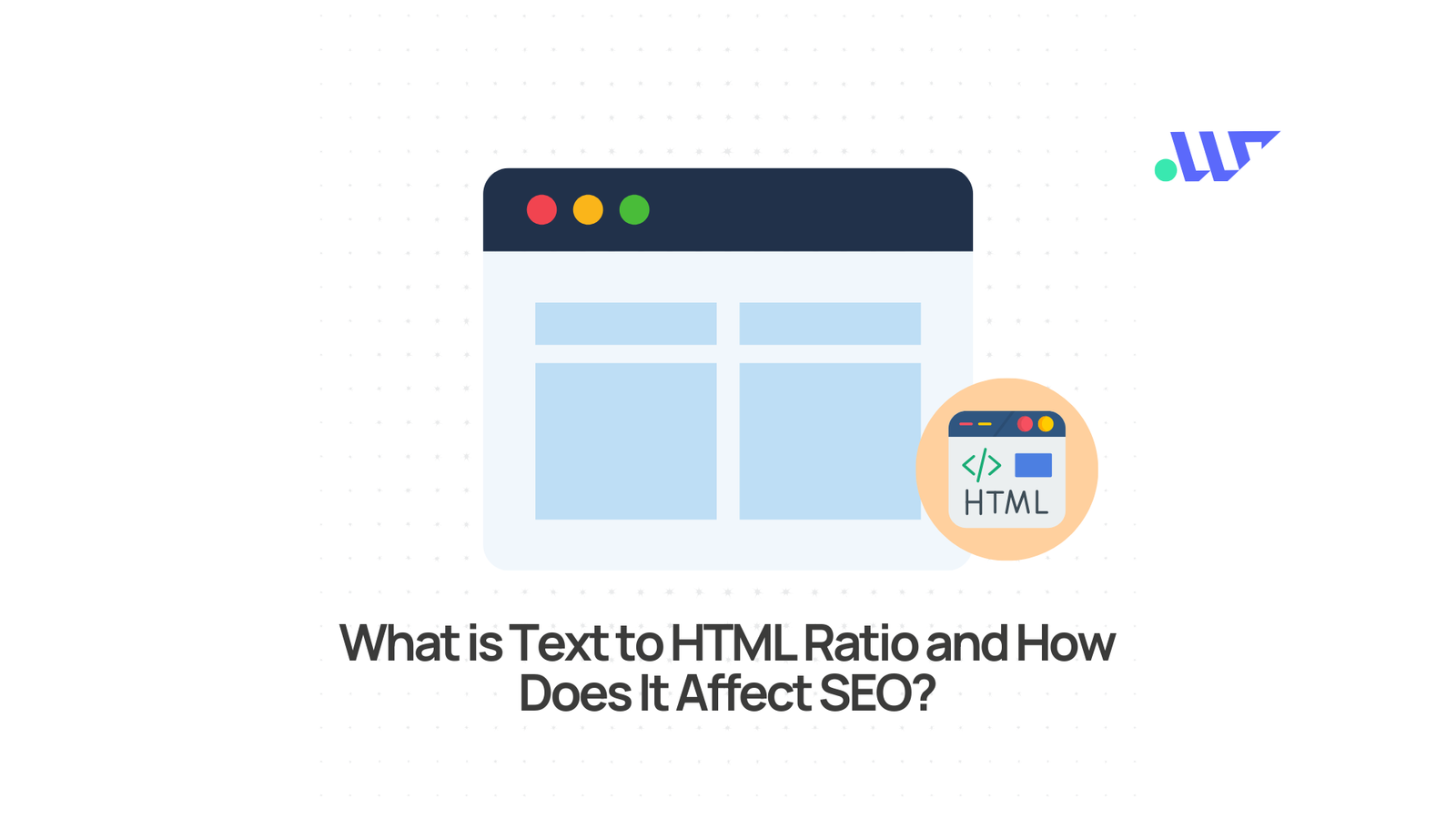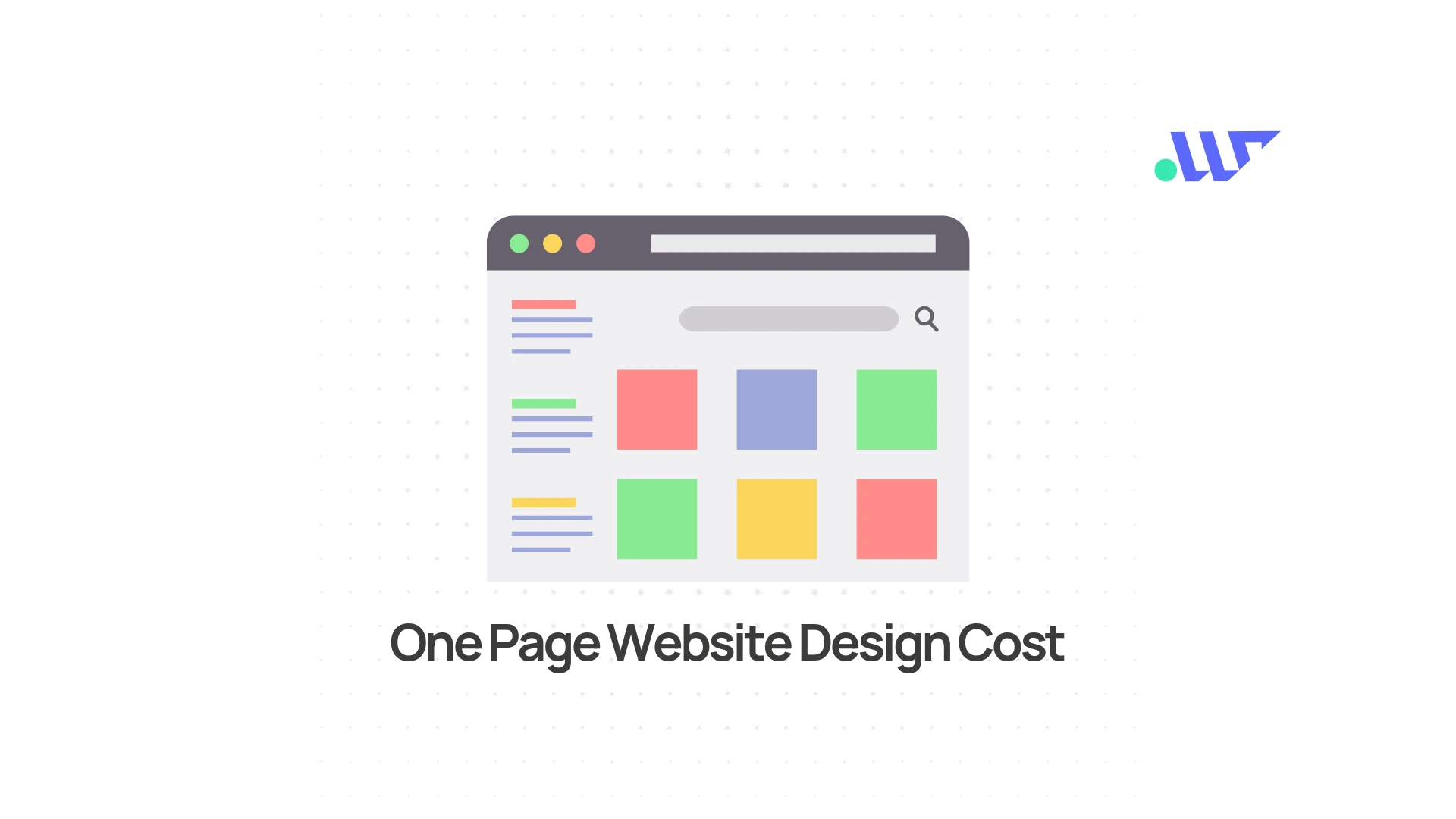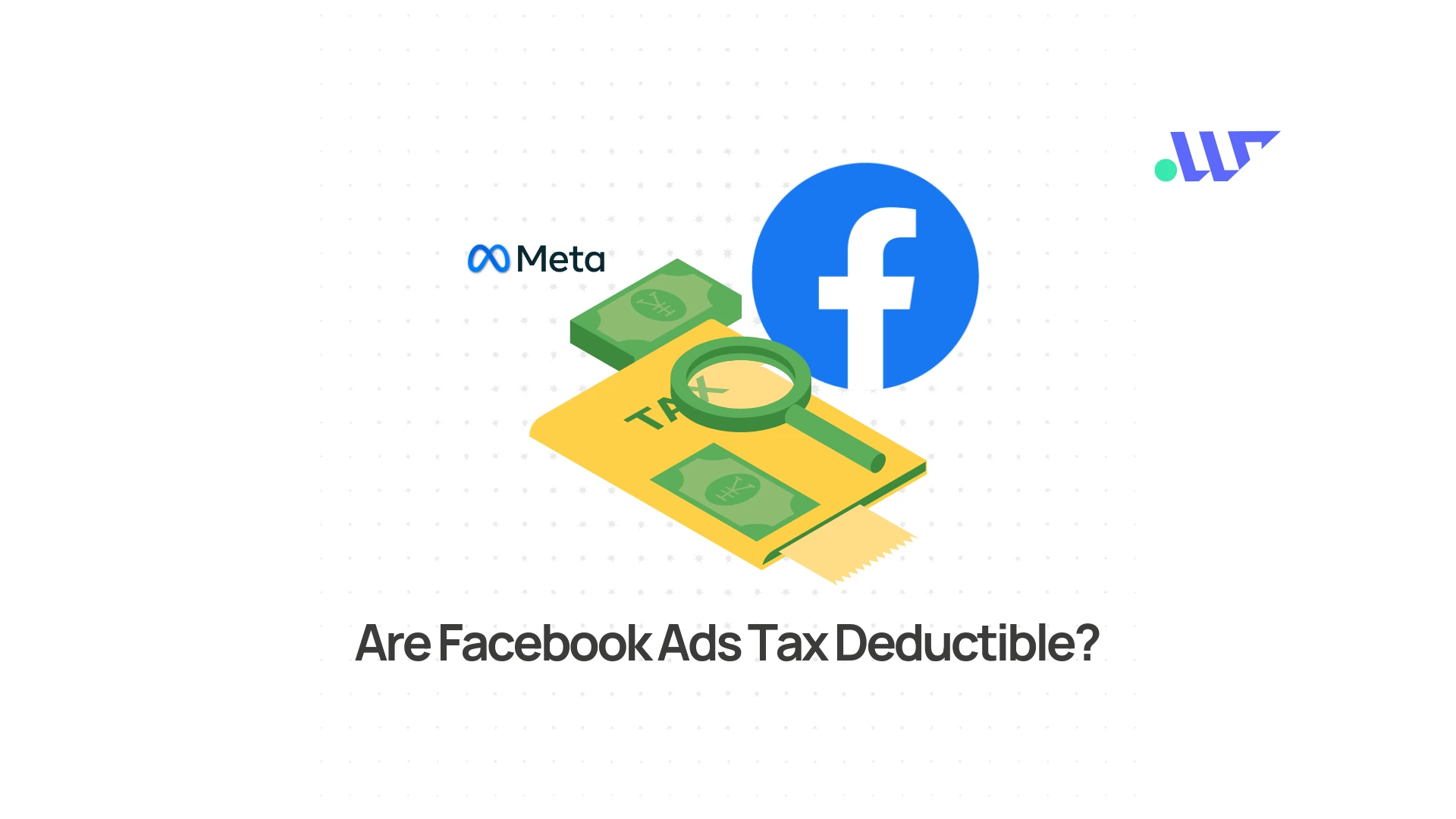CPA (Cost Per Acquisition) tells you how much you pay to get one conversion—like a sale, lead, or signup.
Formula: CPA = Total Ad Spend ÷ Conversions. Example: $500 ÷ 25 = $20 CPA.
It matters because it links ad spend to results. Lower CPA by improving targeting, creative, landing pages, and tracking.
Introduction
If you run ads, you need to know what is CPA in digital marketing. CPA shows the real cost to get a customer or lead. It helps you decide which ads are profitable and which to pause. In this guide, you’ll learn the definition, formula, examples, benchmarks, and practical steps to lower your CPA.
What Is CPA?
CPA (Cost Per Acquisition) is the average cost you pay to get one desired action: a purchase, form submission, phone call, trial, or app install.
Unlike clicks or impressions, CPA focuses on results. That’s why it’s a key metric for ecommerce, lead generation, and local service businesses.
Simple rule: If the action brings revenue or a real lead, it can be your “acquisition.”
CPA Formula (With Example)
Formula:
CPA = Total Ad Spend ÷ Number of Conversions

Example:
- Total ad spend: $500
- Conversions: 25 purchases
- CPA = $500 ÷ 25 = $20
If your average profit per order is $35, a $20 CPA may be great. If your profit is $15, it’s not workable.
CPA vs. CPC vs. CPM vs. CPL
Different metrics serve different goals. Here’s a quick comparison:
| Metric | What it measures | When to use | Pros | Cons |
|---|---|---|---|---|
| CPA | Cost per conversion | Profit-focused campaigns | Tied to results | Needs clean tracking |
| CPC | Cost per click | Early testing, traffic goals | Easy to compare ads | Clicks ≠ customers |
| CPM | Cost per 1,000 impressions | Awareness, reach | Cheap visibility | Weak link to sales |
| CPL | Cost per lead | Lead-gen funnels | Simple for services | Lead ≠ revenue |
Bottom line: Use CPA when your goal is profit, not just traffic or views.
What Is a Good CPA?
There’s no universal “good” CPA. It depends on your AOV (Average Order Value), LTV (Lifetime Value), and margins.
Break-even CPA (quick math):
Break-even CPA ≈ AOV × Gross Margin × LTV factor
- Example: AOV $80, 50% margin → $40 gross profit on first order
- If repeat purchases double LTV, profit per customer ≈ $80
- A “good” CPA should be below $80, ideally much lower
Use industry benchmarks as rough guides, but trust your own numbers first.
Factors That Drive CPA Up or Down

- Offer strength: Clear value, fair price, and risk reversal (guarantees) lower CPA.
- Targeting: Right audience, right intent. Poor match = high CPA.
- Creative: Strong hook, benefits, social proof, and urgency.
- Landing page: Fast, clear, and matches the ad message.
- Funnel friction: Fewer steps, fewer fields, more conversions.
- Tracking & attribution: Clean pixels and events prevent under/over-counting.
How to Lower CPA (Step-by-Step)
- Tighten targeting
- Use high-intent keywords (search).
- Build precise lookalikes and layered interests (social).
- Segment warm (remarketing) vs. cold audiences.
- Sharpen your offer & CTA
- Add bonuses, free shipping, limited-time deals.
- Use risk reversal (free returns, trials, guarantees).
- Make the CTA specific: “Start 7-day free trial.”
- Upgrade your creative
- Lead with a problem/benefit hook in the first 3 seconds.
- Show proof (reviews, results, logos, before/after).
- Test multiple angles: price saver, speed, quality, social proof.
- Fix your landing page
- Strong headline that matches the ad.
- Clear benefits + scannable bullets.
- Short forms (ask only what you need).
- Mobile-first design; load under 2 seconds.
- Smart bidding & budgets
- Start broad with learning, then apply bid caps/ROAS targets.
- Split campaigns (prospecting vs. remarketing).
- Move budget to winners daily or weekly.
- Clean tracking
- Set primary conversion actions in Google Ads/Meta Ads.
- Deduplicate with GA4; use UTMs consistently.
- Verify pixel fires and match types (purchase vs. add-to-cart).
- Test and iterate
- Always be A/B testing: 1 variable at a time.
- Kill losers quickly; scale winners with small budget jumps (10–20%).
- Review weekly trends; make changes based on data, not hunches.
Tools to Measure and Optimize CPA
- Google Ads: Conversion actions, bid strategies, search terms.
- Meta Ads Manager: Events, Aggregated Events Measurement, breakdowns.
- GA4: Conversions, attribution, and cost import for channel-level CPA.
- Spreadsheets: Simple model to calculate break-even CPA and LTV.
Mini Case Study
Business: Local home renovation lead gen
Goal: Book qualified estimates
Baseline: CPA = $62 per lead
Actions:
- Narrowed targeting to homeowners + income filter
- New creative with project photos + testimonial quote
- Landing page simplified (cut 6 form fields to 3), added trust badges
Result (4 weeks):
- CPA dropped from $62 → $13
- Lead quality held steady; close rate improved 15%
Common Mistakes to Avoid
- Optimizing for clicks, not conversions
- Counting soft actions (e.g., page views) as real conversions
- Ignoring LTV and margins in your CPA target
- Mixing branded and cold traffic in one campaign (skews CPA)
- Changing too many variables at once (you can’t learn what worked)
Checklist: CPA Optimization Quick Wins
- Conversion pixel fires correctly on the final action ✅
- Ad headline matches landing page headline ✅
- Form has only essential fields ✅
- Page speed is under 2 seconds on mobile ✅
- Negative keywords and audience exclusions set ✅
- Weekly test plan: 1 new creative, 1 audience, 1 page tweak ✅
FAQs
1) What is CPA in digital marketing?
CPA is the cost to get one conversion (sale, lead, signup). It shows how efficiently your ads create real results.
2) How do I calculate CPA?
CPA = Total ad spend ÷ Number of conversions. Spend $800, get 40 leads → CPA = $20.
3) What’s a good CPA for small businesses?
It depends on your AOV, margins, and LTV. Set your target CPA below your break-even number so each conversion stays profitable.
4) CPA vs. CPL—what’s the difference?
CPL is cost per lead. CPA can be any action, often the final one (like a purchase). CPA aligns more closely with profit.
5) How fast can I lower my CPA?
You can see early improvements in 1–2 weeks with better targeting and pages. Bigger gains come from ongoing testing over a few cycles.
Glossary
- AOV: Average Order Value
- LTV: Lifetime Value (total revenue per customer over time)
- ROAS: Return on Ad Spend
- Attribution: Method that assigns credit for conversions to touchpoints



